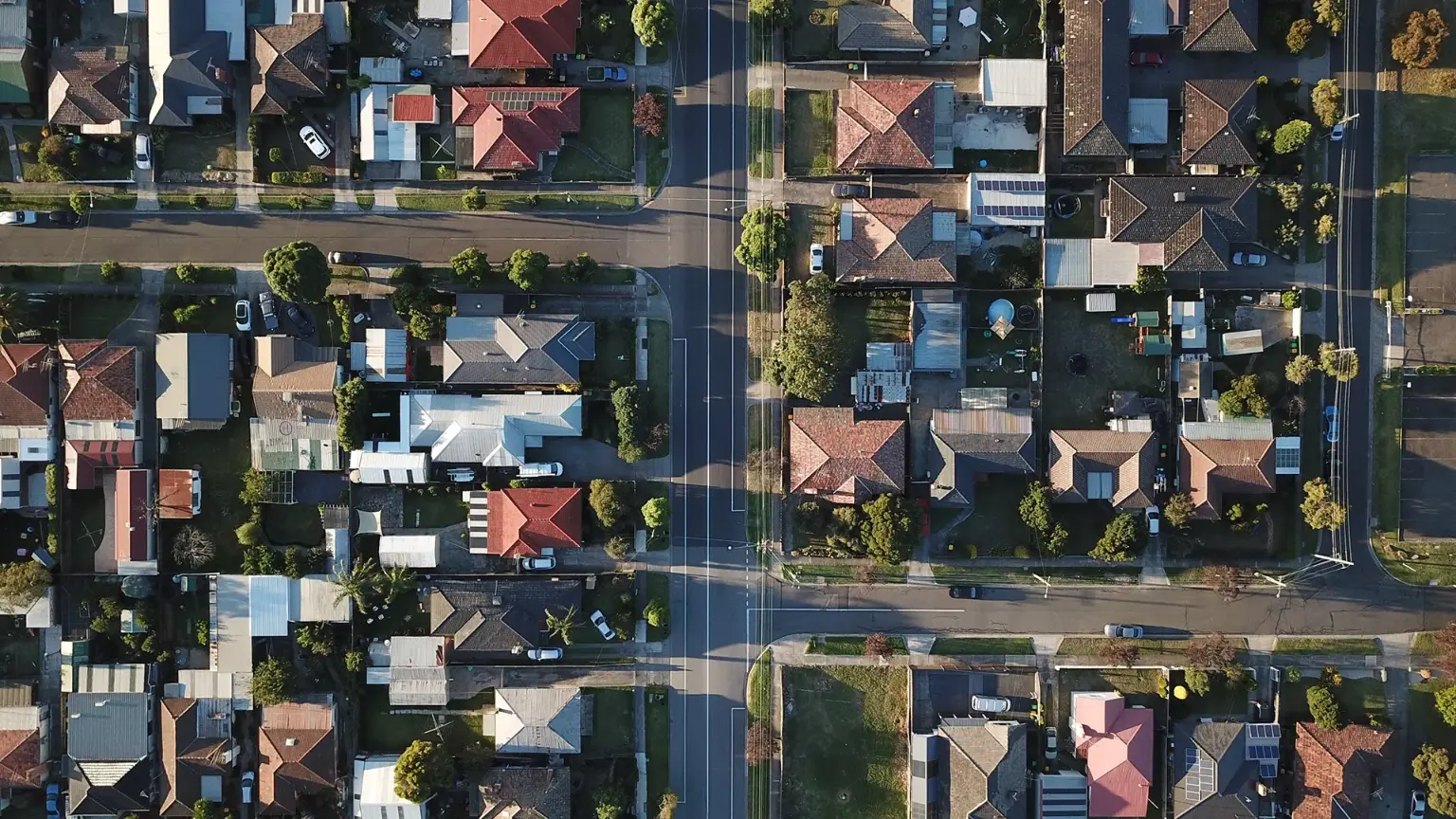_1764731815HUFUX.jpg)
March 2025 Market Update: What Property Investors Need to Know
Navigating the Evolving Australian Property Market for High-Yield Opportunities
The Australian property market remains a dynamic and evolving space, offering savvy investors plenty of room to manoeuvre—especially those seeking cash positive investment properties, co-living investment properties, or venturing into SMSF property investment.
SQM Research’s March 2025 report has just dropped, and it offers valuable insights into current trends and future signals. Whether you're focused on high-yield properties, dual occupancy developments, or simply want to keep a close eye on the direction of national property listings, this update is crucial.
Total Listings: A Slight Uptick, but Still Down Year-on-Year
In March 2025, Australia recorded a modest 0.9% rise in total property listings, reaching 251,605. However, year-on-year, listings have dipped 1.7%, suggesting that overall supply remains tight.
This is great news for investors targeting rental income properties. Lower listing volumes typically drive competition among buyers and renters alike, making the market favourable for high-yield rental returns.
Perth (+6.3%) and Sydney (+4.3%) led the monthly listing increases, with Melbourne (+1.0%) also edging up. In contrast, Brisbane and Adelaide saw listing declines year-on-year, at 9.8% and 7.3% respectively, indicating strong buyer activity and potential capital growth in these cities.
New Listings: A Dip Suggesting Market Confidence
New listings dropped by 1.6% nationally in March and were 5.5% lower compared to March 2024. Fewer new listings suggest that vendors are confident in holding onto their properties—potentially waiting for more favourable pricing or rental conditions.
For investors, this could indicate an ideal time to secure duplex homes for sale or other SMSF friendly investment properties before competition intensifies. Regional areas like Darwin showed a staggering 45.1% yearly increase in new listings—pointing to emerging regional investment opportunities that could deliver above-average returns.
Older Listings: Opportunities in Disguise?
While old listings (properties on the market for 180+ days) grew by 3.6% nationally in March, some cities such as Perth and Adelaide actually saw annual decreases, suggesting strong demand in those markets.
However, cities like Canberra and Sydney showed increases of 44.5% and 23.7% respectively in older stock. This signals a chance for strategic investors to negotiate better deals on well-located properties that may have been overlooked—ideal for converting into co-living investment properties or high-yield rentals.
Distressed Listings Still Low: A Sign of Market Stability
Distressed listings—properties listed under financial duress—rose slightly by 0.5% in March to 4,970 nationwide. However, this figure is still 7.1% lower than this time last year.
This data suggests that Australia’s housing market remains stable. For investors, this creates a low-risk environment when entering or expanding their portfolios—especially appealing for those exploring SMSF property investment strategies where stability is key.
Notably, Queensland saw a 1.2% monthly rise in distressed listings but is still down nearly 20% from March 2024. This creates a window for savvy buyers to explore cash positive investment properties in QLD before prices potentially surge.
Asking Prices Climb: Rental Yields Likely to Follow
National asking prices rose by 0.8% in March, with house prices up 0.8% and units by 0.7%. Perth led the pack with a combined 2.1% monthly rise, driven by a 5.4% leap in unit prices.
Other notable rises:
-
Brisbane: +1.5%
-
Hobart: +1.2%
-
Sydney & Melbourne: +0.8% each
Rising prices are often a precursor to increased rental rates. For investors, this strengthens the case for locking in investment properties in Australia now—before the next price surge. If you're looking to secure high yield investment properties, Perth and Brisbane stand out for both growth and returns.
Property Investment Tips Based on March Data
-
Target Low-Listing Markets: Cities with declining new listings like Brisbane and Hobart offer strong rental demand and future growth potential.
-
Explore Regional Australia: Darwin and parts of regional WA present opportunities in the form of increased supply but lower competition.
-
Look at Old Listings Strategically: Cities like Canberra and Sydney may offer room to negotiate on long-listed properties.
-
Prioritise Cash Flow: With asking prices climbing, focus on properties that are already cash flow positive or capable of conversion into high yield rental assets.
-
Act Before the Election Slowdown: SQM Research predicts that the upcoming federal election could temporarily reduce market activity—use this time to snap up deals while others sit on the sidelines.
Conclusion: It’s Time to Think Long-Term
Despite a slight rise in old and distressed listings, the broader Australian property market is showing signs of strength and stability. Prices are rising, supply is tightening in key areas, and investor interest is steadily returning.
Now more than ever, Australian property investors need to adopt a long-term mindset, focus on high-performing regions, and take advantage of strategic buying opportunities—particularly in the co-living, SMSF, and dual occupancy spaces.
Ready to Start or Grow Your Investment Portfolio?
Visit our website www.ausinvestmentproperties.com.au to view all our available investment properties—including exclusive access to off-market deals, cash positive investments, and high-yield homes tailored to meet your financial goals.
Source: SQM Research
_1745456739NdGQu-cover.jpeg)

_1764211036lHsm6.png)
_1762916285NoFl4.jpg)
_17623130443GJfk.jpg)
_1760408926gJ50A.jpg)
_17598783571Kaml.jpg)



